Toy Safety Directives
Directive 2009/48/EC
On 30 June 2009 the new Toy Safety Directive was published.
- It substantially amends the old Directive across virtually all safety aspects.
- It fulfils to the highest level the newest health and safety standards.
- It improves the existing rules for the marketing of toys that are produced in and imported into the EU in view to reducing toy related accidents and achieving long-term health benefits.
According to its Better Regulation initiative, the Commission has also engaged in simplifying the current legislative framework and increasing its quality and efficiency.
Directive 2009/48/EC applies to toys defined as "products designed or intended, whether or not exclusively, for use in play by children under 14 years of age".
It foresees 19 products not to be considered as toys within the meaning of the Directive and 5 toys the Directive is not applying to (for example, toy steam engines, slings…etc.).
This new Directive came into force on 20 July 2009, and will become a legal document in all Member States once it has been implemented into national legislation (by 20 January 2011).
The Member States must begin applying the new measures from 20 of July 2011, except for annex II part III (chemical requirements).
The new Directive brings in particular more references on chemicals by limiting the amounts of certain chemicals that may be contained in materials used for toys.
Chemicals that are susceptible to provoke cancer, change genetic information or harm reproduction, so-called CMR (Carcinogenic, Mutagenic or toxic for Reproduction) substances, are no longer allowed in accessible parts of toys.
For certain substances like nickel the tolerable limit values have been reduced and those heavy metals which are particularly toxic, like lead or mercury, may no longer be intentionally used in toys.
Allergenic fragrances are either completely forbidden, if they have a strong allergenic potential, or have to be labeled on the toy if they are potentially allergenic for some consumers.
Recognizing that this is a more complicated area, the parts of the Directive relating to chemical content will come into force on 20 July 2013. During this transitional period, part III of annex II of Directive 88/378/EEC will continue to apply.
The Commission elaborated an explanatory guidance document. This guidance document is intended to be a manual for all parties directly or indirectly affected by Directive 2009/48/EC, commonly referred to as the TSD (Toy Safety Directive). The guidelines are intended to help ensure the free movement of Toys in the Community territory by consensus amongst Member States’ government experts and other parties concerned.
The Toy Industry of Europe, in collaboration with the Commission, made factsheets that reflect the understanding of the 2009/48/EC Directive text published in the Official Journal of the European Union on 30 June 2009 and is intended merely to highlight in a general manner certain provisions of that text.
Directive 88/378/EEC
Directive 88/378/EEC was adopted in the context of the achievement of the internal market.
Different safety provisions in the Member States created unnecessary costs in the transactions between Member States, hampering the free movement of toys across the Community.
The aim of this harmonisation measure was also to guarantee an equally high level of toy safety across the whole Community.
It applies to toys defined as "any product or material designed or clearly intended for use in play by children of less than 14 years of age".
It foresees 21 exceptions for goods not designed for children (for example, detailed scale models for adult collectors) or goods that present a particular risk not covered by the directive (for example, sports equipment).
Directive 88/378/EEC sets the essential safety requirements that toys placed on the market in the Community have to fulfil.
Technical details are left to be fixed by standardisation organisations, which mean that toys that comply with the harmonised standards are presumed to be in conformity with the essential safety requirements of the Directive.
Directive 88/378/EC has, in general, worked well during its almost 20 years of existence.
However, the technological developments in the toys market have raised new issues with respect to the safety of toys, and made consumers express increased preoccupations in this regard.
The experience made with the operation of the existing Directive on the safety of toys led to the conclusion that there is a need to update and complete the safety requirements, in particular in areas such as noise and chemicals in toys.
At the same time, market surveillance authorities highlighted the need to ensure a coherent approach, in particular for the implementation of legislation and market surveillance. Indeed, the current market is very different compared to the one existing at the time when Directive 88/378/EEC entered into force in 1988.
The 'old' Directive, therefore, needed to be adapted to these developments.
Source
























 [394 KB]
[394 KB] [124 KB]
[124 KB] [124 KB]
[124 KB] [115 KB]
[115 KB] [125 KB]
[125 KB] [121 KB]
[121 KB]











.jpg)



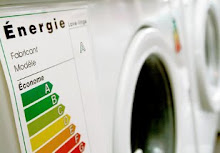

.jpg)

.jpg)








.jpg)

.jpg)













.jpg)


.jpg)




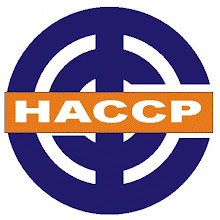








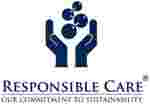























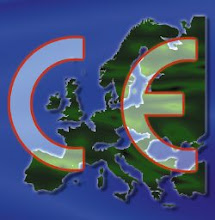






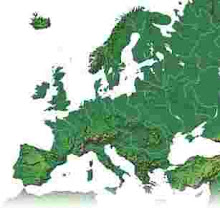








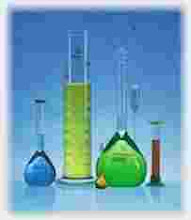



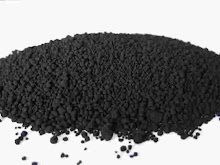




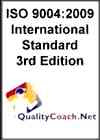
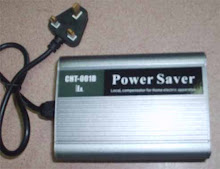














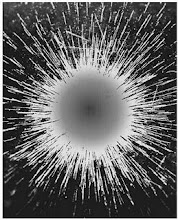










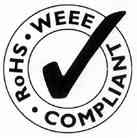





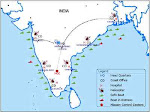








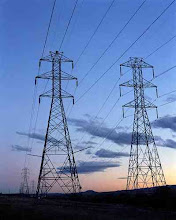


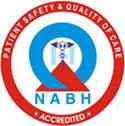




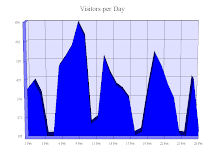

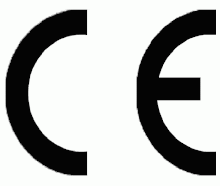



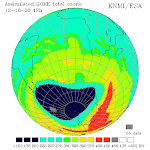


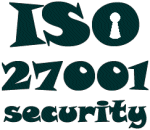
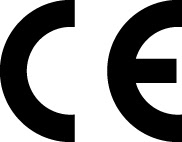


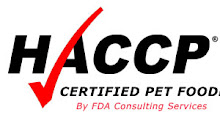



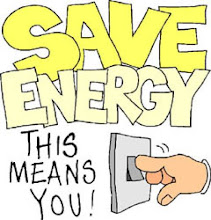


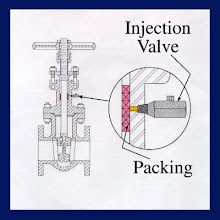












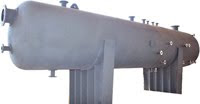







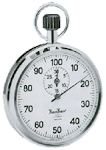


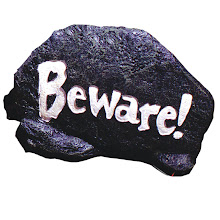
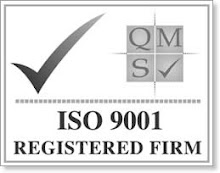



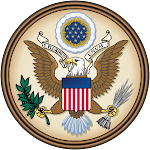
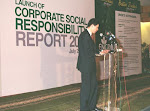







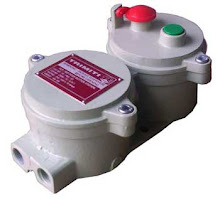










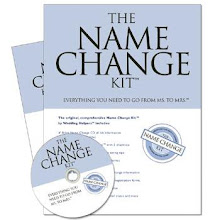




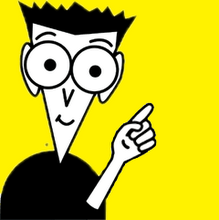



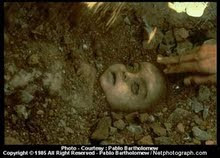

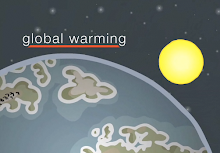

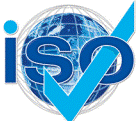
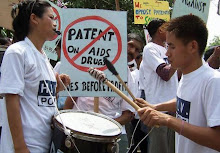


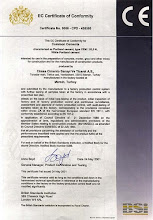

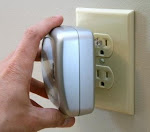


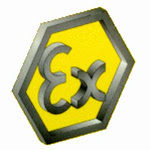















.jpg)

.jpg)







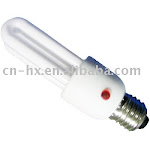



.jpg)
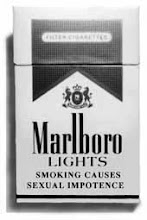





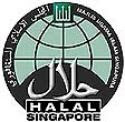









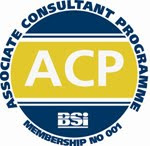


















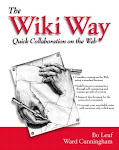




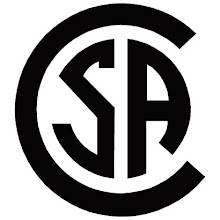














.jpg)

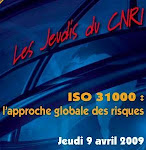








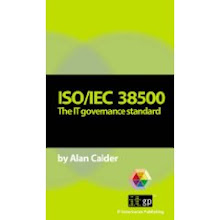




.jpg)




















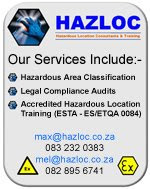


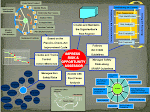


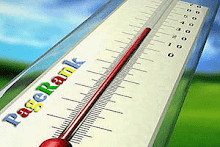




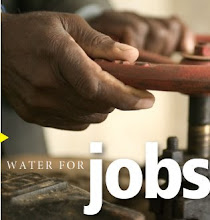




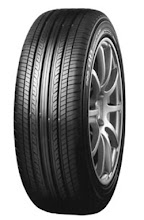


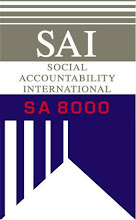
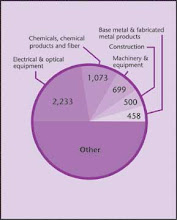
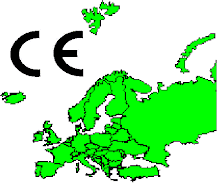

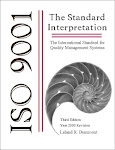




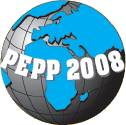






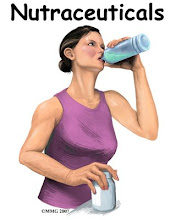











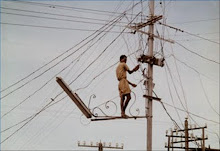

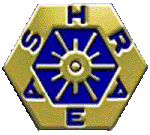









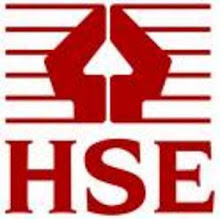

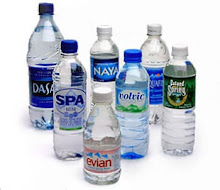



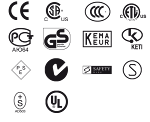

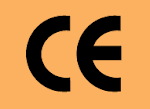




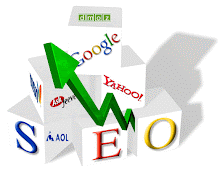








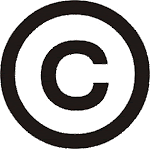

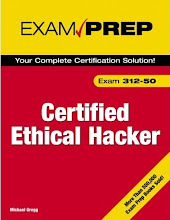

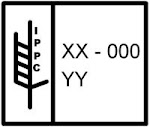

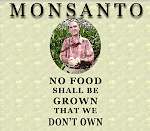
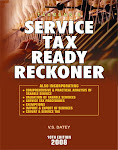















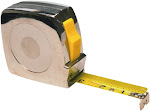





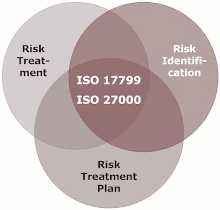
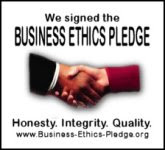




.jpg)
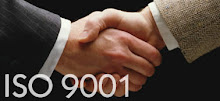
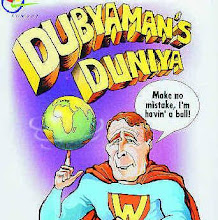











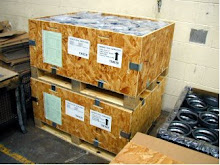
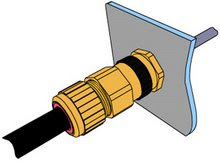
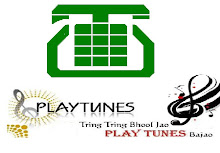








No comments:
Post a Comment